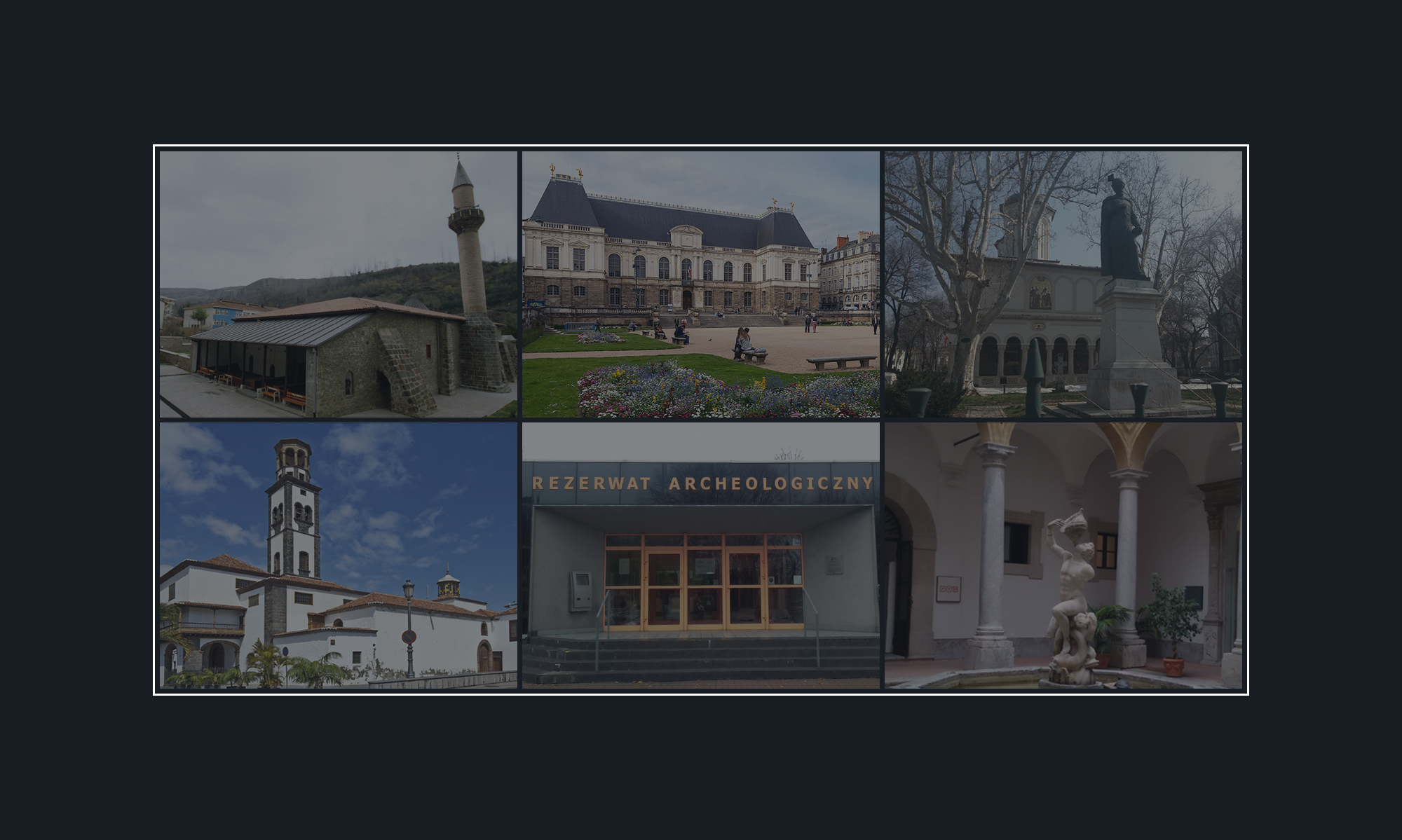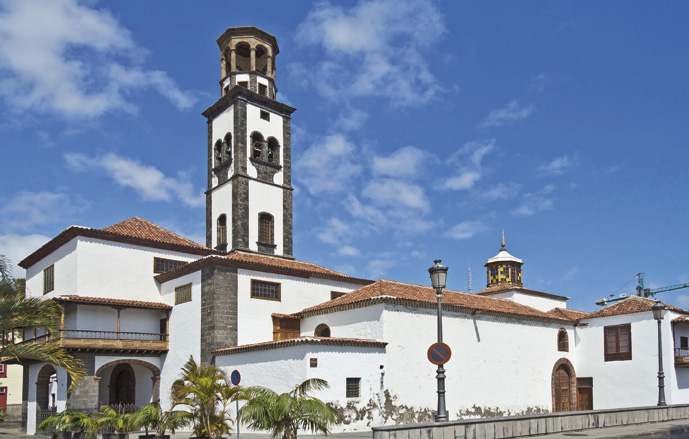L’Église de Notre-Dame de la Conception. Un bâtiment important dans les origines de Santa Cruz de Tenerife
L’église de conception est l’un des plus anciens exemples d’architecture religieuse de l’île. La première construction a été édifiée avant 1500, lors de la fin de la conquête espagnole. Ce bâtiment est situé au coeur de la capitale de Tenerife, à côté de l’embouchure du ravin de “Santos”, coïncidant avec le point de fondation du village.
Le premier nom de ce bâtiment était le sanctuaire de la « Santa Cruz » (la Sainte Croix) parce qu’il abritait la Croix de la Conquête. Cet élément spécial en bois a été apporté par les troupes castillanes que D. Alonso de Lugo a commandées et il reste encore dans l’église actuelle.
Au fur et à mesure que la population de ce village côtier grandissait, l’église subit plusieurs agrandissements et, en 1638, elle fut rebaptisée église de Notre-Dame de la Conception. Ce bâtiment emblématique est clairement représenté dans l’un des premiers documents cartographiques de l’île, réalisé en 1588 par l’ingénieur crémonais, Leonardo Torriani. Elle apparaît parmi d’autres constructions remarquables et 200 maisons qui composaient un petit village de pêcheurs. Au cours du XVIIIe siècle, la ville subit sa plus forte croissance.
Les activités commerciales liées au port de Santa Cruz et l’arrivée de produits provenant de différentes régions d’Europe et d’Amérique expliquent ce processus historique. À cette période, le bâtiment a éprouvé plusieurs changements structurels en acquérant sa configuration finale.
À la fin du XXe siècle, l’église a été restaurée et des fouilles archéologiques ont été effectuées dans son sous-sol. Ces recherches archéologiques ont permis d’étudier 207 fosses funéraires et 776 individus, correspondant à la population de la ville au cours du XVIIIe siècle. De nos jours, nous pouvons apprendre à connaître la composition génétique de la population enterrée dans l’église. Cette information montre la composition multiculturelle des habitants de Santa Cruz et son dynamisme cosmopolite pendant cette période. Il confirme également l’importance des îles Canaries dans le commerce des esclaves noirs et enfin le flux migratoire de la population amérindienne. En bref, la dimension tricontinentale de cette église ajoute une valeur unique à son héritage patrimonial significatif. L’église Notre-Dame de la Conception abrite un très important musée de sculptures et de peintures de style baroque et néoclassique qui, avec ses caractéristiques architecturales et son importance historique, en font un monument idéal pour le projet ARS.


